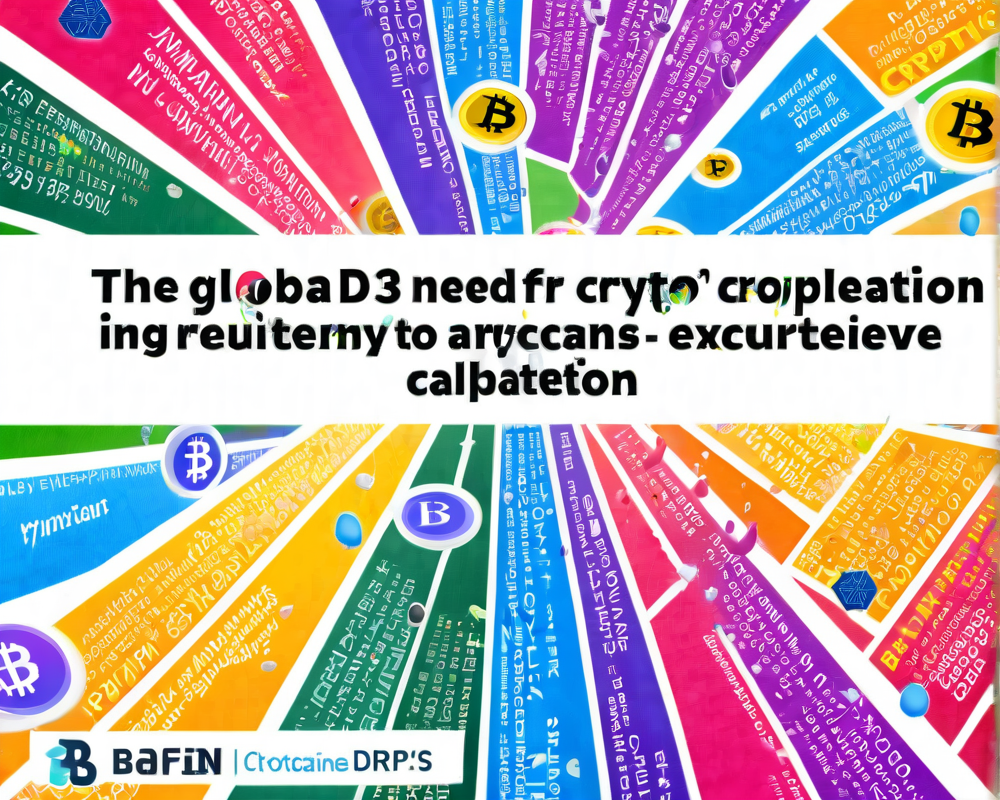The Courtroom Drama Unfolds
In the bustling borough of Brooklyn, a seismic shift in the world of cryptocurrency is brewing. Maksim Zaslavskiy, a 39-year-old entrepreneur, has pleaded guilty to securities fraud surrounding fraudulent initial coin offerings (ICOs) during a case that has caught the attention of regulators and investors alike. As the jury prepares to hand down its verdict come April 2019, the implications of this trial could send shockwaves through the ICO landscape.
Chain Reaction: What’s at Stake?
The trial marks a pivotal moment where U.S. case law on ICOs hangs in the balance. In September, a federal judge ruled that securities law applies to ICO-related cases, setting a precedent as new as your favorite pair of sneakers. Zaslavskiy’s ventures, despite their flashy marketing and grand promises, amounted to nothing more than hot air and empty pockets.
Meet the Mastermind
The tale of Maksim Zaslavskiy isn’t just a cautionary one — it’s a saga that winds from the Black Sea to the Brooklyn courts. Born in Odessa, he crossed the ocean at age 12, determined to chase the American Dream. Who would have guessed that this journey would take such a questionable turn? While his brother was trading stocks at Morgan Stanley, Maksim dabbled in what many would see as the dark arts of finance.
The Great ICO Gold Rush
The year 2017 became a wild west for investors — the boom of ICOs seemed to promise instant wealth. It was like the Gold Rush, only this time the gold was digital, and seasoned miners and innocent novices alike lined up with their shovels (or browsers). Zaslavskiy jumped into the fray, marketing his dubious projects, REcoin and Diamond Reserve Coin, with hauntingly enthusiastic language. Spoiler alert: both projects never actually sold tokens or created any blockchain infrastructure.
- False Promises:
- Claimed REAL estate backing
- Offered “diamond-backed” investments
Yet, instead of digging up fortunes, Zaslavskiy’s targets unearthed nothing but deception.
The Aftermath: Who Really Got Burned?
Zaslavskiy’s downfall mirrored many of his victims’ experiences; around 1,000 investors lost nearly $300,000, seduced by aggressive marketing tactics. U.S. District Attorney Richard Donague summed it up best: Zaslavskiy’s “worthless certificates” were a fraud, ushering in a new chapter of caution in the ICO universe.
Judicial Precedent: The Ripple Effect
The implications of Zaslavskiy’s trial extend far beyond the courtroom. With regulators now more vigilant than ever, the era of laissez-faire cryptocurrency investment may soon be over. The SEC and the Department of Justice will pave the way toward stricter regulations. Investors might one day dodge the bullet of over-inflated promises and half-baked projects — a dream for the cautious investor!
A Cautionary Tale
In a world where “unicorns” roam freely on digital ecosystems, Zaslavskiy’s story serves as a cautionary tale. As we wait for the jury’s verdict, the lesson reverberates: Always do your research before diving into the ubiquitous crypto pool, lest you find yourself swimming with sharks instead of mermaids — especially during a gold rush.



